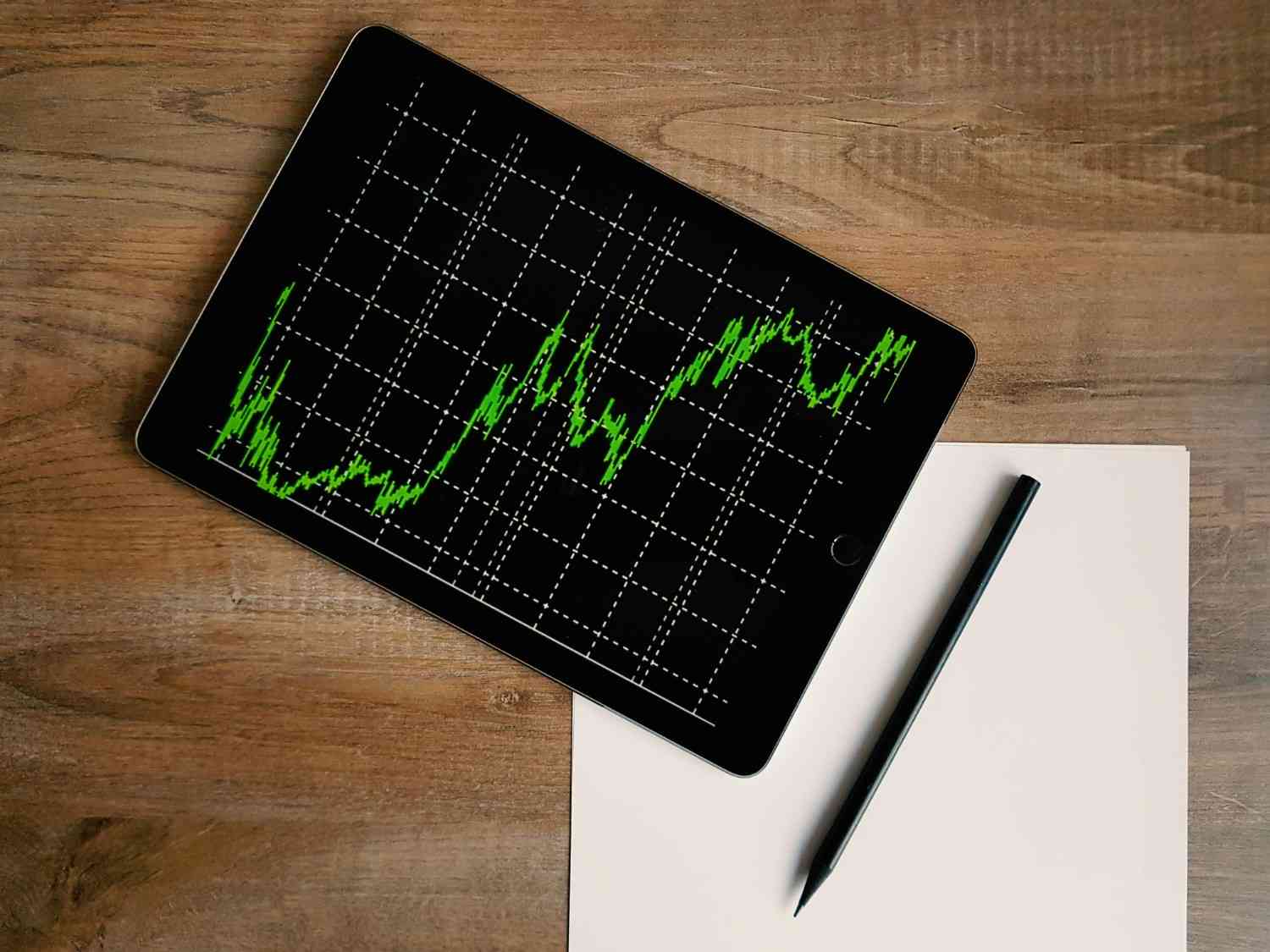Introduction
Trading can seem like a complex world filled with jargon and high-stakes decisions, but at its core, it’s about buying and selling assets to make a profit. For beginners, understanding the basics of trading can open doors to new financial opportunities and potentially lucrative outcomes. This guide will walk you through the fundamentals of trading, making it easier to grasp how it works and how you can get started.
What is Trading?
Trading involves the buying and selling of financial instruments like stocks, bonds, commodities, and currencies with the goal of making a profit. Traders buy low and sell high, leveraging market fluctuations to their advantage. This process can take place on various platforms, including stock exchanges, forex markets, and cryptocurrency exchanges.
Key Types of Trading
1. Stock Trading
This is the most common form of trading, where individuals buy and sell shares of publicly traded companies. The goal is to capitalize on the price movements of these stocks. If you’re interested in learning more, Investopedia’s guide to stock trading offers detailed insights for beginners.
2. Forex Trading
The forex market involves trading currencies. Traders aim to profit from fluctuations in currency exchange rates. Forex Basics provides a comprehensive overview for newcomers.
3. Cryptocurrency Trading
This relatively new form of trading involves buying and selling digital currencies like Bitcoin and Ethereum. Because of its volatility, it requires a good understanding of market dynamics. For a deeper dive into crypto trading, Coinbase’s educational resources can help beginners understand the basics.
How Does Trading Work?
1. Choose a Market
To begin trading, you need to decide which market interests you. Each market—whether it’s stocks, forex, or cryptocurrencies—has unique risks and opportunities. Therefore, it’s crucial to understand the market before you dive in.
2. Open a Trading Account
Next, you’ll need to open an account with a brokerage firm. This account will provide the tools and platform necessary to execute trades. Most brokers offer demo accounts to practice with virtual money, which can be helpful as you learn.
3. Develop a Trading Strategy
A successful trading journey often relies on a well-defined strategy. For instance, you might use technical analysis (studying price charts) or fundamental analysis (evaluating the financial health of companies). A clear plan helps you avoid making impulsive decisions.
4. Place Trades
Once you’re ready to trade, place your orders through your brokerage account. You can choose from different order types, such as market orders (which buy or sell immediately at the current price) or limit orders (which buy or sell only at a specific price you set).
5. Monitor and Adjust
After placing trades, it’s essential to keep an eye on the market and your performance. Sometimes, markets move unexpectedly, so be prepared to adjust your strategy if needed. The ability to adapt is key to long-term success in trading.
Risks and Rewards of Trading
While trading can offer exciting opportunities for profit, it’s not without risks. Losses are possible, and it’s vital to only trade with money you can afford to lose. To minimize risk, diversify your investments and use risk management strategies such as stop-loss orders.
Conclusion
Understanding how trading works is the first step toward becoming a successful trader. Start small, continuously educate yourself, and approach trading with a solid strategy. If you want to explore this further, check out QikBytes.
Happy trading, and remember, success comes from patience and learning over time!

